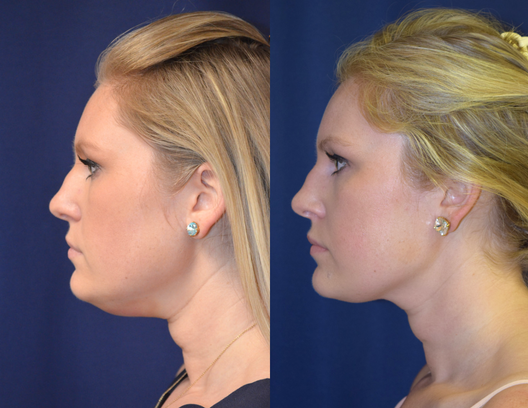Mitochondria are special compartments (organelles) in our cells that are best known for their role as powerhouses, as they break down food molecules and turn out ATP, a molecular fuel for the rest of the cell. However, they carry out many other important biological processes and are central to the correct functioning of the human cell. The mitochondrion has two membranes: an outer membrane, which is porous for most molecules, and an inner membrane, which is tightly sealed and has invaginations called cristae. Mitochondria can fuse and divide and form extensive networks in the cell that are highly dynamic. This way, they can respond to changes in energy demand. Another unique feature of mitochondria is that they have their own genetic material, called mitochondrial DNA, which is inherited from the mother. Mutations in mitochondrial DNA or in genomic DNA in the nucleus of the cell can lead to the absence or dysfunction of mitochondrial proteins. This in turn can cause primary mitochondrial diseases that are highly variable in onset and severity and they affect many organs of the body in different ways. Since mitochondria are so deeply embedded in cellular functions, their dysfunction has also been implicated in the development of highly complex secondary diseases, such as cancer, neurodegenerative disorders, heart diseases or stroke.



